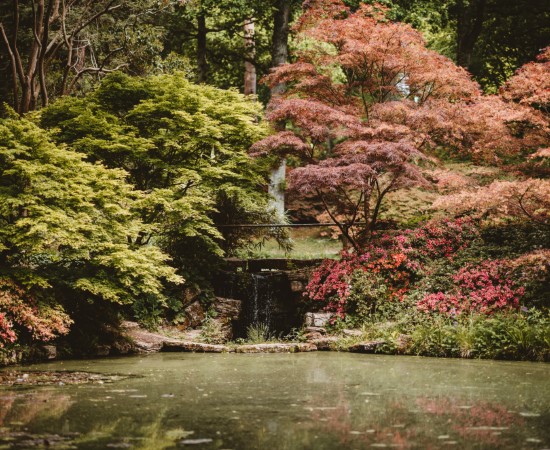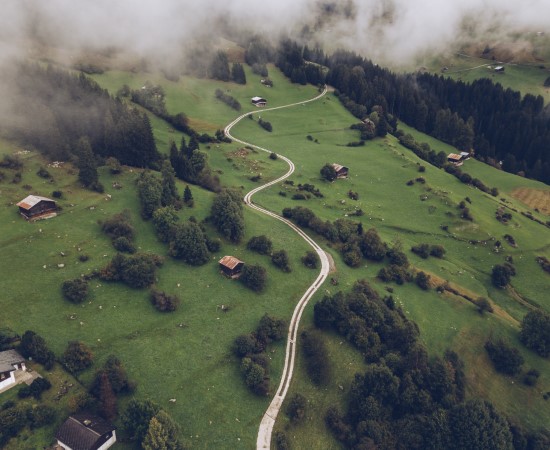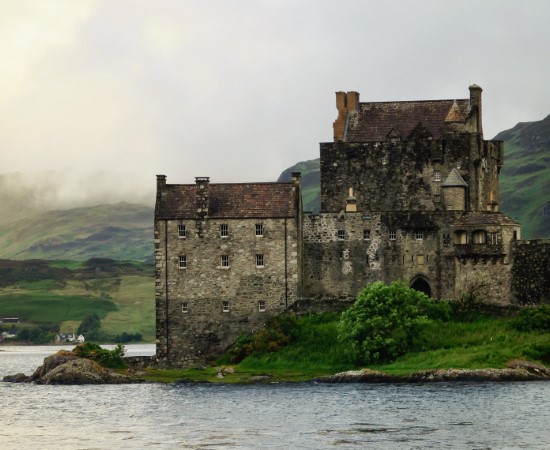Athlone Castle

By 1210, the Normans had built this castle to protect the crossing point on the river. The castle now has eight chronologically themed interactive exhibition rooms that bring to life the riotous history of Athlone and how life was lived through the ages. You can try out a long-bow, experience being put in the stocks and dress up in medieval apparel.
In 1690 Athlone survived a siege by Protestant forces, but it fell a year later – under a devastating bombardment of 12,000 cannonballs – to William of Orange's troops. The Siege Experience at the castle, takes place in a circular panoramic gallery and is considered the highlight by many visitors. Be prepared for some harsh sounding noise.
One fascinating story from the castle relates to a lightning strike in 1697 which caused the castle’s 260 barrels of gunpowder to explode, destroying much of Athlone.
Belvedere House and Gardens

Owned by the Rochforts, an old and influential family who came to Ireland during the 13th century, this magnificent 160-acre lakeside estate has a fully restored Georgian Villa, built in 1740 for Robert Rochfort, later Lord Belvedere (“The Wicked Earl”).
This Lord Belvedere accused his young wife of committing adultery with one of his brothers. The unfortunate wife was forced into making a false confession, spends more than 30 years as a despised prisoner in her own home. Meanwhile, Lord Belvedere builds a great wall to block the view of another brother's large new house while creating for his own use a majestic lakeside villa in rolling parkland.
Visitors to Belvedere can explore not just the restored house, but also the restored Victorian walled garden with romantic follies, including the Jealous Wall, the largest folly in Ireland. There is also the chance to see the ice house, gothic arch and gazebo as well as the chance to walk in quiet contemplation along 10 kilometres of pathways, through a Fairy Garden and a chance to use a zipline.
Dun Na Si Amenity and Heritage Park

Sixteen kilometres east of Athlone, this incredible 27-acre parkland, Dún na Sí Amenity and Heritage Park offers a range of recreational, educational, environmental, cultural and historical activities, from the legendary warrior Lugh to the experience of life in a farmhouse one hundred years ago.
Here it is possible to see an ancient Ring Fort and visit a Mass Rock those facing persecution were able to practice their faith. The experience of the famine is detailed and there’s also a hedge school where children learned Latin and Greek from a travelling schoolmaster. The original Dún na Sí Centre opened in 1985 and the Midlands Amenity Park Association started work on a 23-acre park adjoining Dún na Sí in 2008 with the two groups officially merged in 2015 as a not-for-profit organisation and the newly amalgamated parks were officially opened the same year.
The park has a re-created ring fort, portal dolmen, lime kiln, mass rock, farmhouse and forge. It also has a traditional session with music, song, dance and storytelling on Sundays in summer at the Teach Ceoil (“House of Music”).
Drum Heritage Centre
Drum Heritage Centre is a visitor centre and history museum which contains one of the largest collections of historic documents and memorabilia relating to Drum and its Hinterland held in the region.

Here you can discover the feeling of ancient Ireland, with information about various local areas, including a ruined monastic site with a pathway leading to St. Brigid’s Well and the ancient Meehambee dolmen (portal tomb) that dates back to 3500 BC. There is an ancient funeral route to Clonmacnoise including a wake house, Thomastown cemetery and the Curraghaleen Hedge School, with a replication of a classroom from 1826.
Also held at the centre are many transcripts of the great Gaelic scholar, poet and writer, Sean O'Neachtain, (1650-1728) and some of the literary works of his son Tadgh as well as copies of letters from the United States from the men and women from Drum who fled there during the Great Famine.
Birr Castle Demense

Birr Castle Gardens are one of the most extraordinary places in Ireland. The award-winning site is home to rare trees and flowers from around the word and include more than 40 champion trees of the British Isles.
It is home to much wildlife and with walks along peaceful rivers and around the lake that visitors can explore. There was a castle here from the time of the Anglo-Normans. The fortress was held by the O’Carrolls until the 1580s when it was sold to the Ormond Butlers.

In 1620 the now ruined castle was granted to the Parsons family by James I. After a fire in 1836 the centre of the castle was rebuilt, and a larger work force was employed during the famine for further rebuilding. The final work on the castle in the 1860s added a square tower at the rear of the castle’s east side, which now contains nurseries on the top floor which have a wonderful view over the town.
Derryglad Folk and Heritage Museum

Derryglad Heritage and Visitor Centre is a folk museum with more than 6,000 artefacts going back to the 18th century that details rural life in the region. There are tools from old trades as well as horse-drawn machinery, tractors and household implements.
Artefacts include those up to the mid-20th century, including cameras, radios and old hurleys (sticks for playing hurling). There’s an opportunity to experience shopping in the 1930s, in a store stocked with authentic bottles, cans and tin signs. The museum is open from May to September, but also at other times by appointment.
